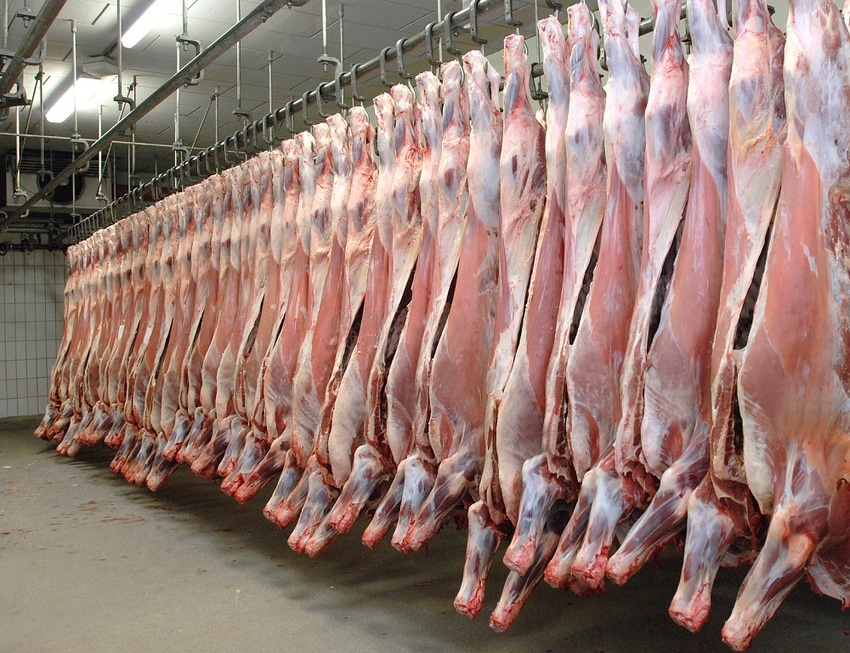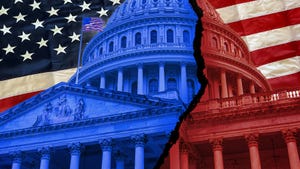Beef grading Prime reaches record levels
Carcasses grading Prime through July 2020 achieve highest January-to-July average on record.
September 29, 2020

The percentage of steer and heifer carcasses grading Prime so far in 2020 has outpaced normal levels, according to Josh Maples, assistant professor and extension economist at Mississippi State University. The average percentage of carcasses grading Prime during the first seven months of 2020 was 10.6%, which he noted is the highest January-to-July average on record. It is also about 2% higher than the first seven months of 2019.
Maples relayed that dressed weights have also been higher during 2020. Average steer and heifer dressed weights were 899 lb. and 829 lb., respectively, during the first eight months of 2020. For steers, that was a 32 lb. increase over the same period in 2019, while it was a 25.5 lb. increase for heifers.
“Cattle dressed weights are usually seasonally lowest during late spring and then peak in late fall. In 2020, the seasonal decline in the spring did not materialize due to the processing disruptions [caused by the COVID-19 pandemic] forcing cattle to stay on feed longer,” Maples said.
Even before the 2020 disruptions, the percentage of cattle grading Prime was steadily increasing, he said, noting that it averaged 4.1% from 2010 through 2015 and 7.4% from 2016 to 2019. On the opposite end of the grading scale, Maples reported that the percentage of cattle grading Select has been declining, averaging 28.3% from 2010 to 2015 and 18.5% from 2016 to 2019. The Select average for the first seven months of 2020 was 14%, the lowest seven-month average on record and 3.5% lower than during the first seven months of 2019.
Meanwhile, the percentage of cattle grading Choice increased from 67.3% during 2010-15 to 74% during 2016-19 and to 75.2% in 2020 through July.
“Putting Prime and Choice together, 85.8% of cattle graded either Prime or Choice during 2020 through July. There are longer-term trends that are leading to increasing quality grades, but the percentages in 2020 have been exceptionally strong,” Maples said.
While Prime percentages increased, the weighted average carcass premiums for grading Prime decreased. Maples said the U.S. Department of Agriculture's five-area weekly premiums and discounts report showed that the average carcass premium for Prime from April through July 2020 was $8.37/cwt., $3.52 lower than the same period of 2019. For comparison, the average Prime premium for April to July from 2015 to 2019 was $14.03/cwt.
Unfortunately, Maples said the larger totals of Prime beef in 2020 occurred right as demand took a significant hit.
“A sharp decline in travel and dining at high-end restaurants impacted the demand for Prime beef. The demand decline was coupled with the supply increase, and the premiums received for Prime carcasses declined," he said. "These shifts in supply and demand of Prime carcasses in 2020 limited the reward for achieving the Prime carcass grade.”
Still, the USDA national weekly comprehensive boxed beef cutout report shows that the value of Prime relative to Choice has increased since the low points earlier this year, Maples reported. From April through July 2020, the Prime boxed beef cutout value averaged only $10.59 higher than the Choice cutout. Since the start of August, however, the weekly difference has averaged $23.71, including consecutive weekly increases. He said this suggests that the difference between Choice and Prime cutout values may be returning to more normal levels moving forward.
You May Also Like


